Join More Than 50,000+ Subscribers and get latest camera news and rumors
NEW CAMERA VIDEOS ON YOUTUBE
|
By admin, on February 20th, 2023
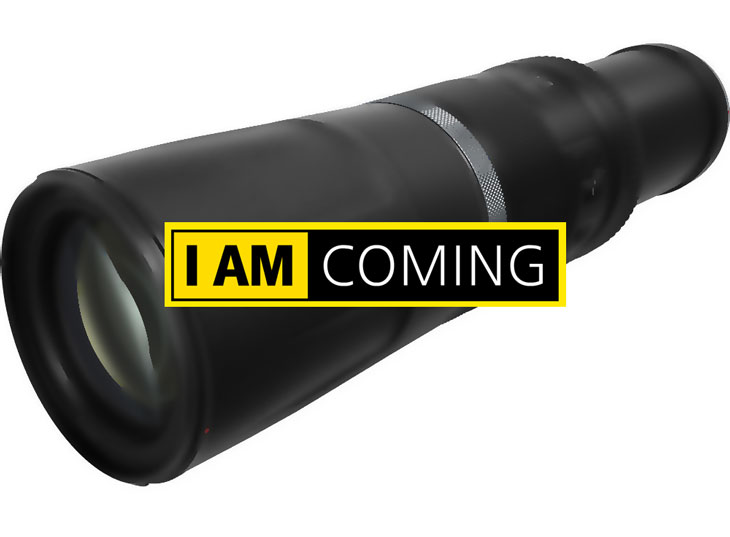
Canon already has super affordable lenses like 60mm F11 and 800mm F11, these super affordable lenses were built using a Multi-layer Diffractive Optical Element that enables a lens to be made considerably smaller than traditional lens construction.
Now Nikon is in the mood to use the same tech and build affordable telephoto prime lenses like or even better than Canon. Japanese website digicameinfo spotted patents that reveal Nikon’s future plans. These are Nikon’s Telephotoprime DO lenses, All these Lenses are published as patents.
Nikon Upcoming Lenses
1. 600mm f/5.6,
2. 1000mm f/8, and
3. 400mm f/4.5
As per my previous experience, if the Nikon R&D team patents for approval then it will take roughly two years of time to make them as real products. So, we can expect the arrival of these lenses sometimes at the end of 2024 or in mid of 2025.
More Patent Details
- Applicant: Nikon Corporation
Publication number: P2023023323
Application number: P 2021128741
Publication date: 2023-02-16
Title of the invention: Optical system and optical equipment
- An optical system and an optical apparatus having good imaging performance are provided.
- Conventionally, a miniaturized optical system using a diffractive optical element has been proposed (see Patent Document 1, for example). However, Patent Document 1 has a problem that further improvement in optical performance is demanded. Preferred embodiments are described below with reference to the drawings.
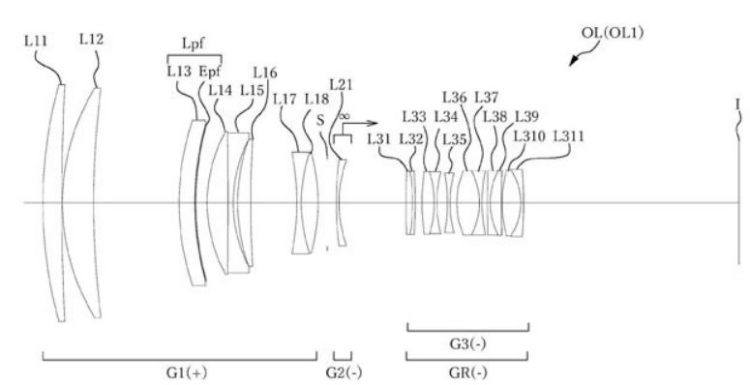
- Example 1 (600mm F5.6 PF)
Focal length 585.0002
F number 5.7100
Half angle of view 2.10557
Image height 21.6
Overall length 309.4549
Back focus 95.6894

- Example 5 (800mm F6.3 PF)
Focal length 779.93334
F number 6.4201
Half angle of view 1.56305
Image height 21.6
Overall length 393.4548

And yes our latest buying guide Best Camera under the $1000 2023 list.
Follow us on our social pages FACEBOOK | TWITTER | INSTAGRAM to get live news + Nikon Rumors 24X7
source digicameinformation
By admin, on February 17th, 2023
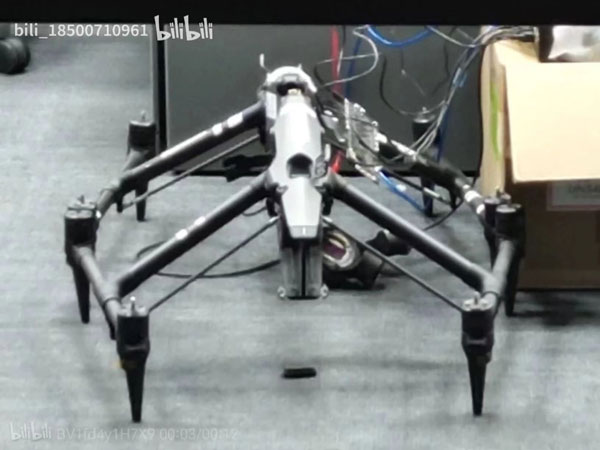
According to the latest information published by the Twitter handle OsitaLV, the DJI Drone will arrive in Q2 of 2023. We already have rumors related to the Dji Inspire 3 Drone Coming in March 2023, we will post more update as soon as we get more information.
DJI upcoming Drones 2023
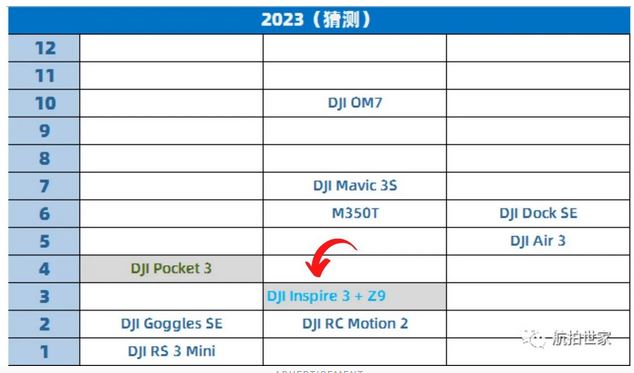
Stay tuned, mode updates coming
Follow us on our social pages FACEBOOK | TWITTER | INSTAGRAM, –> See More
Support us – Use or affiliate link Amazon.com | B&H Store for the next purchase u make – it helps us
source – twitter.com/OsitaLV
By admin, on February 17th, 2023
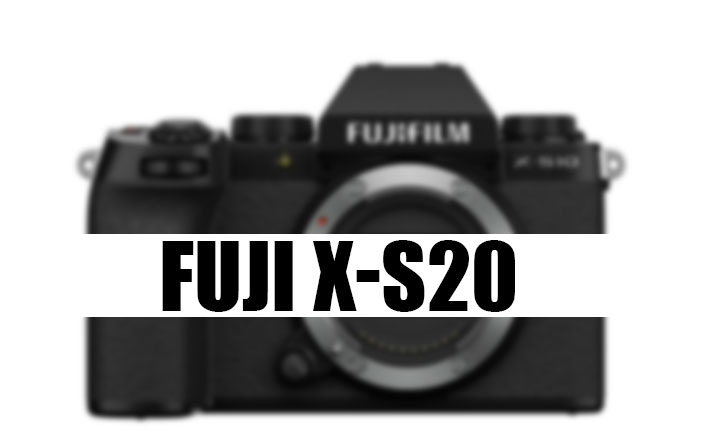
According to rumors that surfaced over the web, Fuji may announce a model below Fuji X-T5 with the same 40MP APS-C X-Trans CMOS 5 HR BSI Sensor. The expected announcement date of the camera is one or before June (Asian source).
We published a set of the expected core specification of the Fuji X-S20 camera a while ago, and in that we were expecting fuji will again use the Fuji 26MP sensor in the X-S20 body to protect the sales of the X-T5 and other high-end models. But, if this information is accurate then Fuji will certainly dominate the APS-C segment once again despite the presence of the Canon R10 or Canon R7.
Take it with a grain of salt
Stay tuned more updates coming
Follow us on our social pages FACEBOOK | TWITTER | INSTAGRAM, –> See More Fuji Rumors Or subscribe to us via Email
By admin, on February 16th, 2023
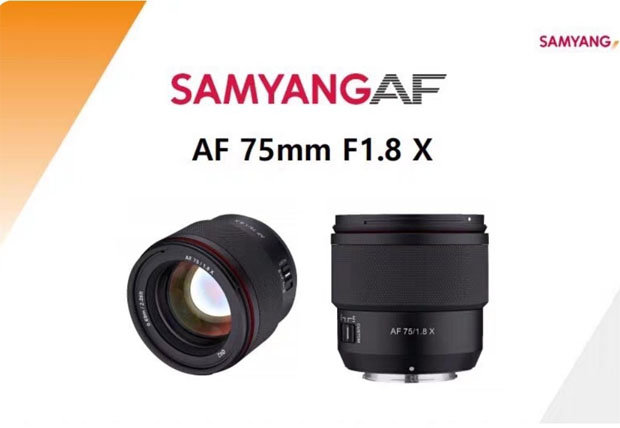
Finally, we got confirmation via Howtofly that Smaynag is about to announce a 75mm F1.8 X-Mount lens. Howtofly is a reliable source and approx 90% of the information we get from him is correct. We do know that Samyang is making lenses for Sony E-Mount, but they never announced an APS-C 75mm F1.8 Lens, although they do have a 75mm F1.8 for full frame E-Mount. So, maybe they have just tweaked a little bit design of the lens to make it compatible with the Fujis X-Mount.
Get LIVE RUMORS –> FACEBOOK | TWITTER | INSTAGRAM to get live news and rumors
source howtofly
By admin, on February 15th, 2023
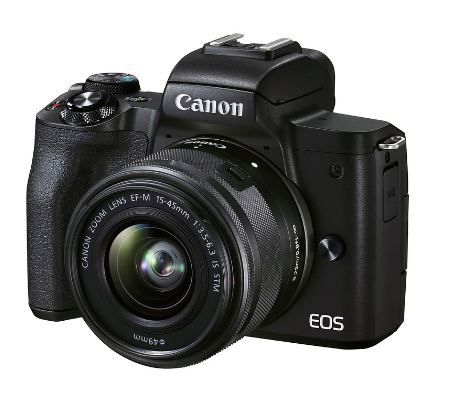
Before we begin, let me clarify that Canon R50 is actually a successor of the Canon M50 Mark II camera. As we have told you the successor, means from now on we will have models like the Canon R50 mark II, canon R50 Mark III and …, and no models like Canon M50 Mark III are expected to arrive.
If you are not planning to invest further in lenses, and just want to buy a camera for friends and family purposes with a kit lens, ur not serious about either photography or video, you can go with a Canon M50 Mark II camera.
Will a kit lens be enough? Nope, I always recommend u get at least a prime lens if you want to have output quality better than your smartphone.
The biggest issue is if someone who already invested in Canon EF-M Lenses he/she has no option left since the Lenses if the Canon RF Mount isn’t compatible with the Canon EF-M Mount. So, you have to make a fresh start with the Canon RF Mount.
So, you can invest in sigma lenses like Sigma 56mm F1.4 for Canon EF-Mount to best quality portraits, but do remember this also, it will be your investment in the Camera mount, where no further successors are coming (Under the same EF-Mount),
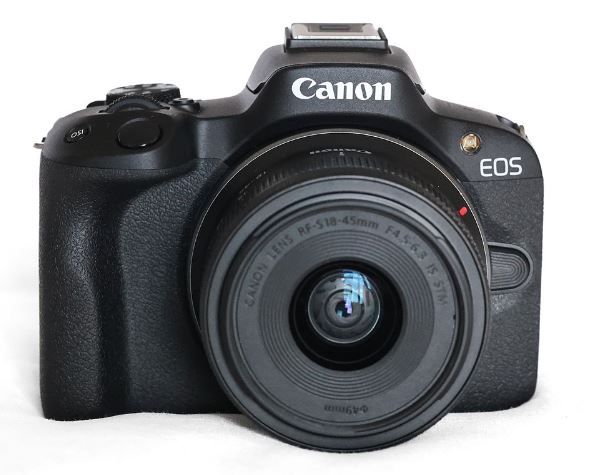
So, if budget allows you
I highly recommend you buy Canon R50, don’t invest in Canon M50 Mark II.
Get Canon R50 From Amazon.com | B&H Store
The price difference we have between the two is $100 (Canon R50 & Canon M50 Mark II)
Specification Difference
|
Canon R50 |
Canon M50 mark II |
| Lens Mount |
Canon RF |
Canon EF-M |
| Sensor Resolution |
Effective: 24.2 Megapixel |
Actual: 25.8 Megapixel
Effective: 24.1 Megapixel (6000 x 4000) |
| Sensor Type |
22.3 x 14.9 mm (APS-C) CMOS |
22.3 x 14.9 mm (APS-C) CMOS |
| Crop Factor |
1.6x |
1.6x |
| Image Stabilization |
None |
None |
| Built-In ND Filter |
None |
None |
| Capture Type |
Stills & Video |
Stills & Video |
Exposure Control
|
Canon R50 |
Canon M50 mark II |
| Shutter Type |
Electronic Shutter |
Electronic Shutter |
| Shutter Speed |
Electronic Shutter
1/8000 Up to 30 Seconds
Electronic Front Curtain Shutter
1/4000 Up to 30 Seconds |
1/4000 to 30 Seconds |
| Bulb/Time Mode |
Bulb Mode, Time Mode |
Bulb Mode |
| ISO Sensitivity |
Photo/Video
100 to 32,000 (Extended: 51,200) |
Photo
100 to 25,600 in Auto Mode (Extended: 100 to 51,200)
Video
100 to 12,800 (Extended: 100 to 25,600) |
| Metering Method |
Center-Weighted Average, Evaluative, Partial, Spot |
Center-Weighted Average, Evaluative, Partial, Spot |
| Exposure Modes |
Aperture Priority, Manual, Program, Shutter Priority |
Aperture Priority, Manual, Program, Shutter Priority |
| Exposure Compensation |
-3 to +3 EV (1/3 EV Steps) |
-3 to +3 EV (1/3 EV Steps) |
| Metering Range |
-2 to 20 EV |
0 to 20 EV |
| White Balance |
Presets: Auto, Cloudy, Color Temperature, Custom, Daylight, Flash, Fluorescent (White), Shade, Tungsten |
Presets: Auto, Cloudy, Color Temperature, Custom, Daylight, Flash, Fluorescent (White), Shade, Tungsten |
| Continuous Shooting |
Electronic Shutter
Up to 15 fps for up to 28 Frames (JPEG) / 7 Frames (Raw)
Electronic Shutter
Up to 12 fps for up to 42 Frames (JPEG) / 7 Frames (Raw) |
Up to 10 fps at 24.2 MP for up to 10 Frames (Raw) / 33 Frames (JPEG)
Up to 4 fps at 24.2 MP for up to 15 Frames (Raw) / 1000 Frames (JPEG)
Up to 7.4 fps at 24.2 MP for up to 47 Frames (JPEG) |
| Interval Recording |
Yes |
2/10-Second Delay |
| Self-Timer |
2/10-Second Delay |
Video Capture
|
Canon R50 |
Canon M50 mark II |
| Internal Recording Modes |
H.264/H.265/MPEG-4
UHD 4K (3840 x 2160) at 23.98/25/29.97 fps
1920 x 1080 at 23.98/25/29.97/50/59.94/100/120 fps |
H.264/MP4
UHD 4K (3840 x 2160) at 23.98 fps
1920 x 1080p at 23.98/29.97/59.94 fps [30 to 60 Mb/s]
1280 x 720 at 59.94/ fps [26 to 52 Mb/s] |
| Broadcast Output |
NTSC/PAL |
NTSC/PAL |
| Built-In Microphone Type |
Stereo |
Stereo |
Focus
| Focus Type |
Auto and Manual Focus |
Auto and Manual Focus |
| Focus Mode |
Continuous-Servo AF, Manual Focus, Single-Servo AF |
Continuous-Servo AF, Manual Focus, Single-Servo AF |
| Autofocus Points |
Photo
Phase Detection: 4503
Video
Phase Detection: 3713 |
Contrast Detection: 143
Phase Detection: 99 |
| Autofocus Sensitivity |
-4 to +20 EV |
-2 to +18 EV |
General Difference
| Battery Type |
1 x LP-E17 Rechargeable Lithium Polymer, 7.2 VDC, 1040 mAh |
1 x LP-E12 Rechargeable Lithium-Ion, 7.2 VDC, 875 mAh |
| Tripod Mounting Thread |
1 x 1/4″-20 Female (Bottom) |
1 x 1/4″-20 Female (Bottom) |
| Weight |
13.2 oz / 375 g (With Battery, Recording Media)
11.6 oz / 328 g (Body Only) |
13.7 oz / 387 g (With Battery, Recording Media) |
Get LIVE RUMORS –> FACEBOOK | TWITTER | INSTAGRAM to get live news + Canon rumors 24X7
By admin, on February 14th, 2023
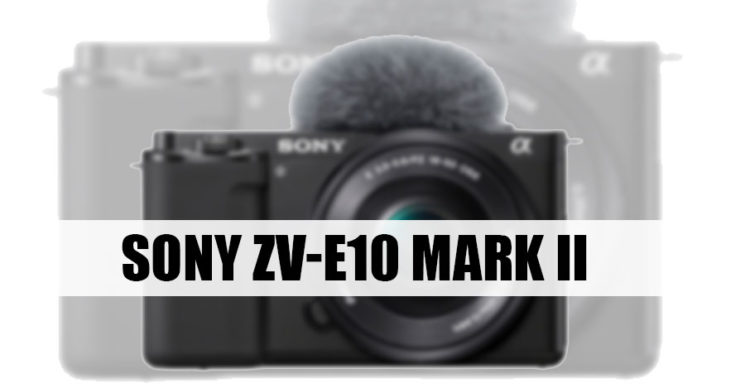
According to the latest rumors that surfaced over the web, The camera will have significant updates in the video core specs, including 4k 60fps video capability and a Sensor-Shift Image Stabilization system, with an updated interface.
Update 25 June 2023 – Sony ZV-E10
Based on the latest trend, the Peak-time selling period of the Sony ZV-E10 camera isn’t over yet. It is so popular in the market right now in Japan that it covers more than 48% of Sony’s total Alpha camera sales, according to the latest report.
Until and unless the peak period of the Sony ZV-E10 camera is over, Sony will not put out a new model to replace the ZV-E10, which is already being sold in very large quantities and is one of the most popular cameras in the market.
Now, the expected time frame for the arrival of the ZV-E10 Mark II camera successor is somewhere around Q1-Q2 of 2024
Follow us on our social pages FACEBOOK | TWITTER | INSTAGRAM, If you have time –>see more Sony Alpha Rumor
By admin, on February 11th, 2023

Yes, the Canon R50 camera doesn’t have a fully mechanical shutter inside the camera, instead of that we have HYBRID and ELECTRONIC. Shutter
Just after the announcement of the Canon R50 camera, I am getting lots of msgs from my users about why we have only two options on the shutter menu of the camera that say
- Elec. first curtain shutter
- Electronic only
But, when you go the burst mode, you have two options: the first is a 12FPS mechanical, and the second is a 15fps electrical shutter.
Ideal Condition to remove Mechanical shutter from your camera
- Condition 1: If the camera sensor has a GLOBAL SHUTTER without any lag, yes the camera doesn’t need any mechanical shutter.
- Condition 2: When a Camera Maker is using a STACKED CMOS Sensor inside the camera as we have in Nikon Z9, Sony ALPHA A1, or Canon R3, OR EVEN a re-worked FSI (Front Side illuminated Sensor) like we have in Canon R6 Mark II and Canon R8.
Now, these are the ideal condition to remove MECHANICAL SHUTTER completely from your camera.
THE BIG BUT
If your camera uses a slow traditional FSI (Front Side illuminated Sensor) and even knowing those stuff you completely attempt to remove the Fully Mechanical Shutter system from your camera it’s not recommended.
Since Both the EFCS Shutter and the Fully Electronic Shutter have some limitations. Specifically when paired with slow-readout-based sensors.
BASIC RULES TO FOLLOW as a PHOTOGRAPHER
1. If the shutter speed drops below 1/100 turn EFCS ON to prevent the front mechanical curtain from affecting your sharpness.
2. If the shutter speed goes above 1/1000 and you shoot a shallow depth of field turn EFCS OFF. The reason is that EFCS affects badly defocus characteristics of lenses when going above 1/1000
If your shutter speed is in between 1/100 and 1/1000 it is your call what to use. In general, when you do not shoot shallow depth-of-field portraits EFCs turned on is a good thing. When you put on the 135/1.8 or the Batis lens or even the 55/1.8 EFCS MUST go if you want nice bokeh
SHARE YOUR THOUGHTS WITH US
If the decision to remove the mechanical shutter from Canon R50 is correct?
Get LIVE RUMORS –> FACEBOOK | TWITTER | INSTAGRAM to get live news + Canon rumors 24X7
|
KEEP THIS BLOG ALIVE - Support New Camera Buy Canon Lenses, Buy Music CD or Digital Camera at amazon it helps this site, and you do not pay anything extra, it is just a way to help support this site.

|
















